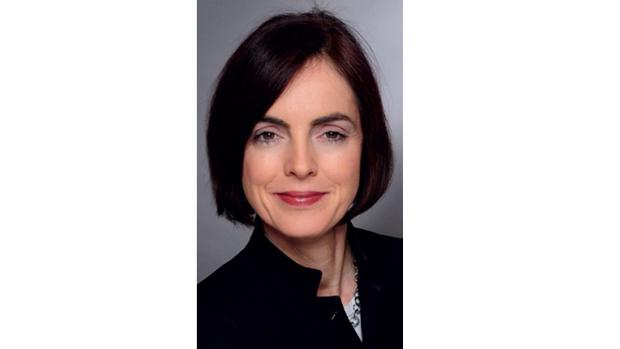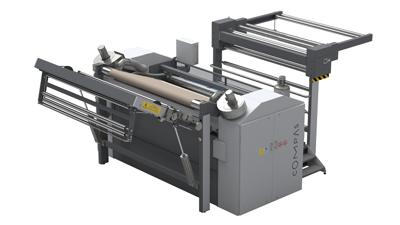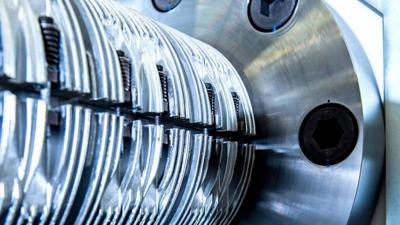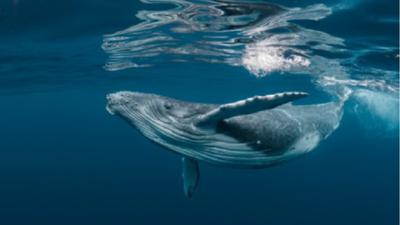melliand International 6/2022

Maike Rabe (Source: HS Niederrhein)
"What's really in it?" Journalists from the weekly newspaper "Die Zeit" asked themselves this question when they saw the jersey of the German national soccer team and published their answers in the dossier of the November 24, 2022, issue. Unfortunately, it was not about the obvious question of what sporting talent is in the shirt, no, it was about which fibers were used for the jersey, from which raw materials in turn these fibers were produced and how these raw materials were obtained.
It also looked at what else the use and care phase might bring to light. Despite the manufacturer's intense efforts towards sustainability through the use of recycled polyester from non-textile post-consumer waste, the only thing that remains in this dossier is a shameful reverberation: unclear supply chains, non-transparent waste material flows, no certainty of compliance with the demands of the International Labor Organization in terms of working conditions or child labor, overproduction and, finally, fibrous microplastics.
The EU strategy for sustainable textiles, published in March of this year, is intended to put a stop to precisely these shortcomings through new design guidelines with numerous criteria and extended producer responsibility (EPR). Precise specifications for the use of recycled fibers in textiles or also with regard to recycling-friendly design are to be expected. The discussion also includes possible regulations on cost sharing by manufacturers and distributors of textile products in the collection, sorting and recycling of textiles. However, implementing the (as yet undefined) criteria of the design guidelines will not be easy, as a large proportion of the textile products consumed in the EU are produced outside the EU, and only 20 % of the resources required for this are used within the EU. The design guidelines must therefore be approached globally.
On closer inspection, not much is new about these guidelines. Durability, repairability, sustainable raw materials, resource efficiency and emission reduction, best available technology or fair working conditions are not inventions of the Green Deal or of the year 2022. For a long time, our industry has simply shifted its challenges and difficulties geographically for price reasons, but has not mastered them. While in the field of technical textiles, price pressure was successfully countered by innovative strength, the apparel industry gradually relinquished responsibility and thus often also the deep understanding of the supply chain from fiber to product, including all auxiliary processes and logistics. With the onset of economic reforms in China in the late 1970s and the associated surge in globalization, there were also ample opportunities to avoid innovation. This evasion is now catching up with everyone. Our industry, which ranks 4th in the EU in terms of consumption of primary raw materials after the food, housing and transport sectors, and 5th in terms of greenhouse gas emissions according to the European Environment Agency, should finally address its problems.
Sustainability that resonates positively – with united forces it will succeed!
Prof. Maike Rabe
Director
Research Institute of Textile and Clothing
University of Applied Sciences Niederrhein
Mönchengladbach/Germany
Director
Research Institute of Textile and Clothing
University of Applied Sciences Niederrhein
Mönchengladbach/Germany



